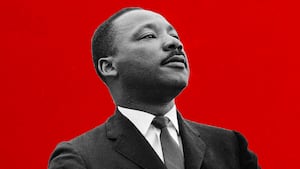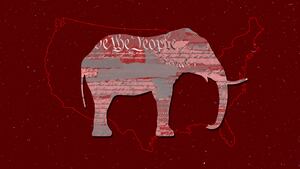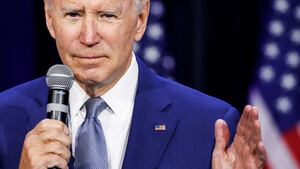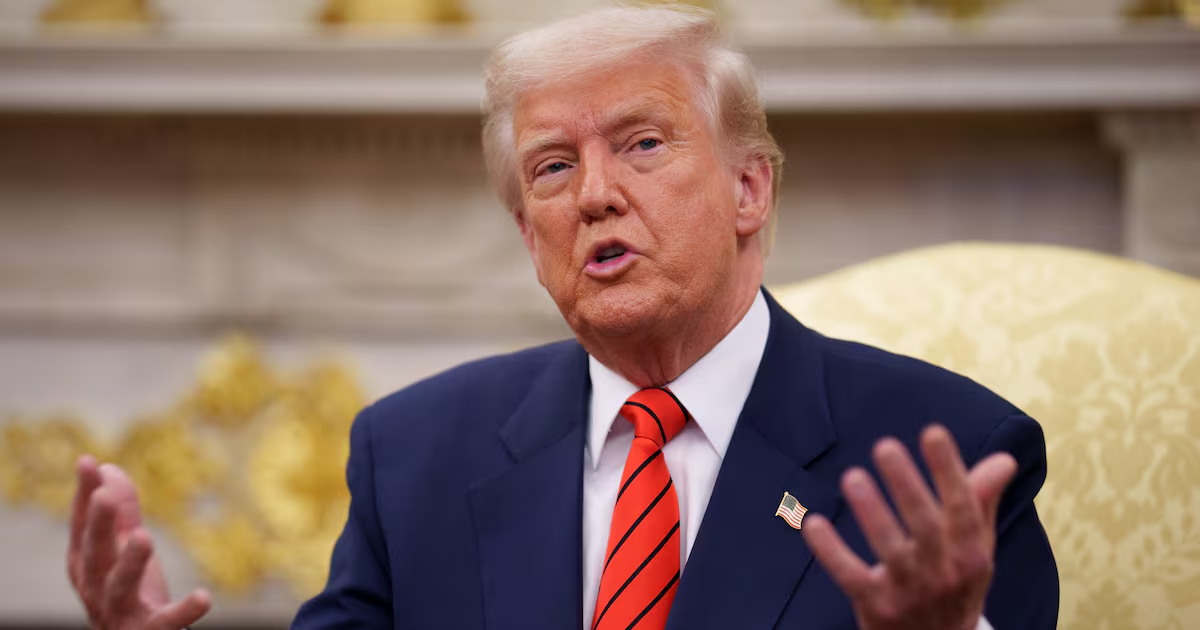March 7, 1965, was the apotheosis of the civil rights movement. The brutality of slavery, the collective trauma of the Civil War, and the oppression of Blacks in the South all met on the concrete of Edmund Pettus Bridge as activists marched for the right to vote.
Though lacking guns and bullets, the young revolutionaries led by John Lewis and the Rev. Hosea Williams marched, carrying with them the weapon of conviction. In the face of the zeitgeist of the 1960s—which held that the federal government shouldn’t enact legal protections for Black voters in the South—these civil rights activists were undeterred and refused to back down.
They believed that the dream of a multi-racial democracy—proclaimed by a Baptist pastor from Georgia on the steps of the Lincoln Memorial less than two years earlier—could, and should, become reality.
The marchers on the bridge knew they would be met with whips, dogs, fire hoses, and violence all sponsored by the state, but they were not going to be turned around. As they bravely faced America’s demons they sang, “no matter what may be the test, may God take care of you.” It’s been 58 years since the march in Selma that became known as “Bloody Sunday,” where activists marched to pressure the president and Congress to pass the Voting Rights Act of 1965.
Since then, America has made immense progress in protecting the right to vote, but there’s still much more President Joe Biden and federal agencies can do to expand voting access to millions of Americans.
On March 7, 2021, President Biden issued an executive order on “Promoting Access to Voting,” a groundbreaking EO that has the potential to make registration and voting more accessible for millions of Americans, including communities historically excluded from the political process. In the Voting Access EO, the president directed federal agencies to “consider ways to expand citizens’ opportunities to register to vote and to obtain information about, and participate in, the electoral process.”
President Biden’s Voting Access EO is visionary. It puts the executive branch in the driver’s seat of promoting voter registration.
But a recent study from over 50 organizations and some of the nation’s leading civil rights groups titled, Strengthening Democracy: A Progress Report on Federal Agency Action to Promote Access to Voting, highlights how much of the Voting Access EO still needs to be implemented. It also lays out what the Biden administration still has to do to help ensure every eligible voter has robust, easy, and equal access to the ballot box.
Laura Williamson, the Associate Director of Democracy at the progressive-leaning think tank Demos, stated: “We decided to put out this report now because we are halfway through the Biden administration and the right to vote continues to be under assault. We need the federal government to do all they can to promote access to the ballot.”
Since the current House of Representatives shows no interest in passing meaningful federal legislation to restore the full power of the Voting Rights Act of 1965—following the Supreme Court decisions of Shelby v. Holder and Brnovich v. DNC which weakened the landmark voting rights law—it’s difficult to see how the president can sign federal voting rights legislation into law. The Voting Access EO is Biden’s way of showing voting rights are still a priority of his administration. But this has come with successes and difficulties.
The 22-page report shows there’s been some progress in implementation of some of the initial commitments required by the Voting Access EO.
For example, the Veterans Administration (VA) has begun working with state election officials to secure National Voter Registration Act of 1993 (NVRA) designations. This means VA facilities in a few states could have the ability to become official voter registration locations through the NVRA—which implements voter registration requirements for elections to federal offices. (Places like the Department of Motor Vehicles also allow for voter registration under this statute.)
Still, opportunities of the Voting Access EO that would touch the most Americans have yet to be seized.
The Department of Education (DOE) promised to provide a toolkit to institutions of higher learning on ways they can assist with voter registration and voter information. The department has still not issued this toolkit, nor has it committed to integrating voter registration into the Free Application for Federal Student Aid (FAFSA) process.
Almost 18 million students a year fill out a FAFSA application. According to the most recent National Postsecondary Student Aid Study, 84 percent of Black students, 74 percent of Hispanic students, and 75 percent of Native American students complete the FAFSA. If the DOE fully implemented this FAFSA voter registration plan, it would be a huge opportunity for the Biden administration to bring young voters into our democracy.
“With any government-wide and even agency-wide action, implementation understandably takes time,” Xavier Persad, a Senior Policy Counsel with the ACLU, said. “But given the opportunity presented by this executive order, its potential for significantly increasing participation in our democracy––agencies must direct more resources toward achieving the recommendations of this report as quickly as possible.”
Persad added, “We applaud the commitment to voting rights President Biden demonstrated in issuing this vital executive order, and we look forward to continuing to work with the administration to ensure a timely, robust implementation.”
As we commemorate the anniversary of Bloody Sunday, it’s important to recognize the progress that’s been made in the United States.
But if we want to continue to make our democracy stronger, the Biden administration has to do all it can to promote voter registration. And that starts with fully implementing the Voting Access Executive Order.










